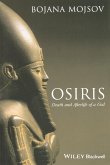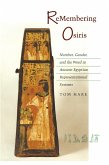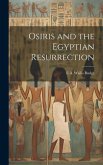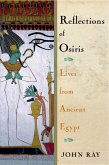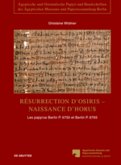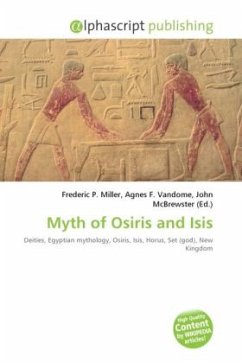Osiris, ruler of the netherworld, played a central part in the religious life of the ancient Egyptians, and his cult grew in popularity down the ages, resonating in all the cultures of the ancient Mediterranean. This is the first book to tell the story of the cult of Osiris from beginning to end. Drawing together the numerous records about Osiris from the third millennium BC to the Roman conquest of Egypt, Bojana Mojsov sketches the development of the cult throughout 3,000 years of Egyptian history. The author proves that the cult of Osiris was the most popular and enduring in any ancient religion. She shows how it provided direct antecedents for many ideas, traits, and customs in Christianity, including the resurrection after three days, the concept of god as trinity, baptism in the sacred river, and the sacrament of the Eucharist. She also reveals the cult's influence on other Western mystical traditions and groups, such as the Alchemists, Rosicrucians, and Freemasons.
Hinweis: Dieser Artikel kann nur an eine deutsche Lieferadresse ausgeliefert werden.
Hinweis: Dieser Artikel kann nur an eine deutsche Lieferadresse ausgeliefert werden.


